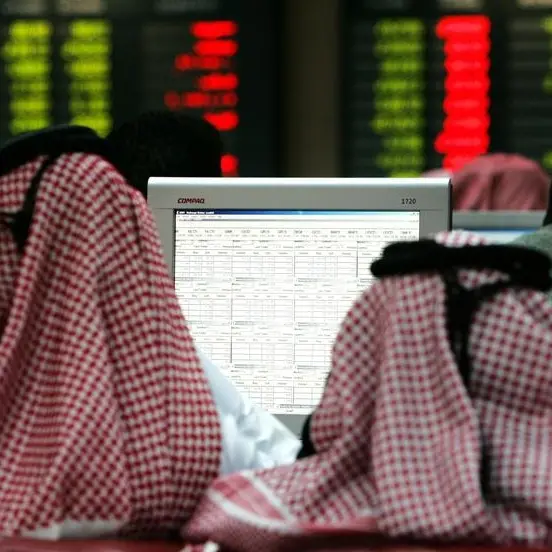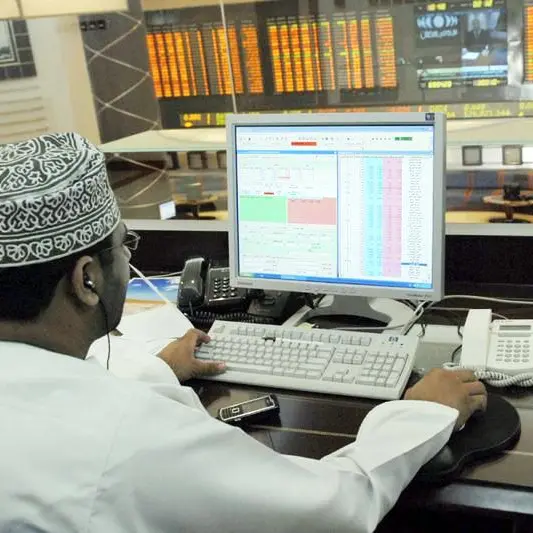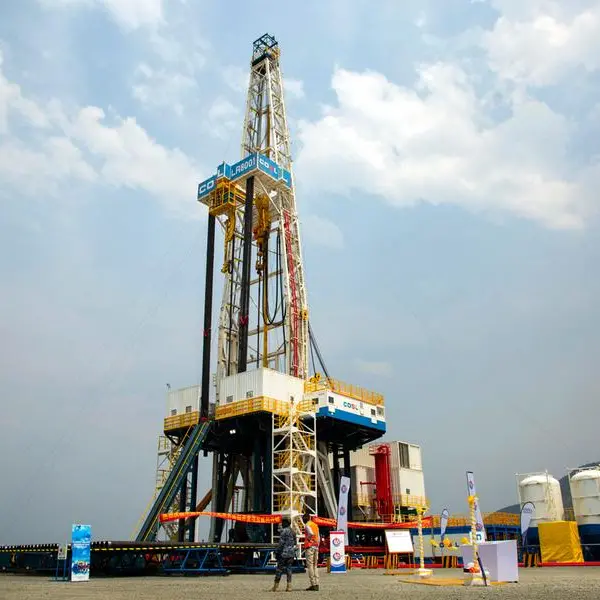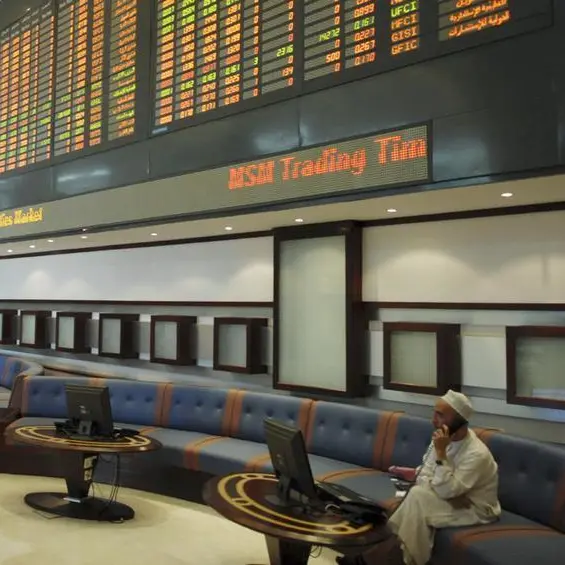Welcome to Zawya Markets. Each Sunday we will be featuring an interview with a different analyst or markets expert from around the region.
If you would like to participate please email gerard.aoun@refinitiv.com.
1)What is the general outlook for the healthcare sector in the GCC?
The outlook for the GCC healthcare sector is positive as the demand for healthcare services is growing due to factors like rising and ageing population, increased occurrence of chronic diseases due to sedentary lifestyle and introduction of compulsory health cover.
The GCC largely being a hydrocarbon dependent economy, has witnessed a fall in government expenditure in the last few years as the fiscal deficits widened due to a fall in crude oil prices. This has curtailed the expansion in the healthcare sector among others.
At the same time, being a non-oil sector, the healthcare sector has gained focus as an area to reduce dependency on oil revenue in the future. The regional government is encouraging private sector participation by providing incentives, bringing reforms and launching compulsory insurance. The increased private participation has resulted to a spurt in M&A [merger and acquisition] activities in the sector.
The ‘healthcare expenditure as percentage of GDP ratio’ in the region is below 5 percent, which is much lower compared with other developed economies which spend more than 9 percent of their GDP. This gap itself highlights the potential deficit and therefore offers vast scope for growth.
The CHE or ‘Current Healthcare Expenditure’ (sum of public and private expenditure on healthcare excluding capital expenditure) in the GCC is projected to grow at a CAGR [compound annual growth rate] of 6.6 percent to reach $104.6 billion in 2022, from an estimated $76.1 billion in 2017. The annual average growth rates of CHE in the GCC countries are projected to range between 2.6 percent and 9.6 percent during the period 2017-2022. The UAE and Oman are projected to witness a growth rate in excess of 9 percent.
GCC may require a collective bed capacity of 118,295 by 2022, indicating a demand for 12,358 new beds led by Saudi Arabia.
2) What factors affect the healthcare sector globally and the GCC particularly?
The favourable demographics in a country can make a significant difference in the healthcare spending. This includes an expanding and ageing population and low infant mortality rate. The rise in the number of older people (having age greater than 49 years) creates immense pressure on the healthcare system and results in a demand for long-term care centres and services.
The next big factor affecting healthcare sector is the high occurrence of NCDs (Non-Communicable Diseases) like cardiac arrest, diabetes, cancer and high blood pressure due to sedentary lifestyle, stress and improper diet of the people.
Health insurance plays a key role in the growth of healthcare spending as it results in higher utilization of medical services at private healthcare facilities.
The government’s role in bringing reforms within the sector, opening the sector to foreign investments and encouraging private players’ participation lays the foundation for the long-term growth of the sector. The required infrastructure must be kept in pace with demand.
Besides these, availability of skilled medical professionals, providing quality services at reasonable prices plays an important part in the development of a country’s healthcare sector and attracting medical tourists.
Despite having world class infrastructure, the GCC healthcare system lacks capacity and technology to treat patients suffering from cancers, neurological disorders and patients requiring cardio surgeries. However, the UAE is trying to position itself as a medical tourism destination putting Dubai and Abu Dhabi in the forefront, most of the treatments undertaken in the region are related to cosmetic & aesthetic and wellness procedures. In the event of requiring specialised treatments (like cardiology, oncology, neurology and nephrology), people in the GCC have to travel to countries like the UK, US, Germany, Thailand and India.
3) Are there any challenges/barriers to entering the market?
There are multiple challenges and barriers to entering the healthcare market. Healthcare projects have usually a long gestation period of 8-10 years, which is a big deterrent for new players.
Setting up healthcare projects requires huge investments in real estate, skilled workforce and medical equipment. Getting necessary regulatory approvals is a major challenge. Availability of skilled and experienced medical professionals locally is a big issue, especially in the GCC markets. High attrition in the sector could scale up costs.
4) Is raising funding a challenge for the healthcare sector?
The healthcare sector across GCC has great potential for growth in quality care over the next few years, and thus it shows significant opportunity for the private sector. However, the already dull market sentiment, due to low oil prices, has been further dampened by the fallout from the scandal surrounding of Dubai-based Abraaj Group in February 2018. The private equity deals and fund raising have come to a pause mode since then, due to a loss of confidence.
5) What sort of return on investment private sector investors see?
Post the Abraaj issue, the private equity players have now turned more cautious and are keen on investments providing stable returns.
It would require an increased level of transparency and an improvement in market sentiment to bring the investors’ confidence back into the deals.
6) What is the outlook for Saudi Arabia’s healthcare sector?
Being the largest member within GCC, Saudi Arabia accounts for the lion’s share of the region’s healthcare market with CHE of $37.7 billion in 2015, representing a market share of 58.5 percent.
The country’s CHE is expected to grow at a CAGR of 6 percent to reach $60.0 billion in 2022 from an estimated size of $44 billion in 2017, mainly driven by a growth in population, increase in cost of treatment and rise in health insurance coverage. Saudi Arabia had 470 hospitals with 70,844 beds by the end of 2016. It might need to add over 7500 beds to accommodate the growing number of inpatients. The private sector participation is needed to be encouraged to build the required infrastructure.
7) What is the outlook for the UAE’s healthcare sector?
The UAE is the second largest healthcare market in the GCC with CHE of $12.8 billion in 2015, which represents nearly 20 percent of the overall market.
In the past couple of years, Dubai’s healthcare market has witnessed some systematic changes and rise of new trends like the increase of private participation, full roll-out of mandatory health insurance, thrust on medical tourism, focus on preventive care practices etc.
These factors along with increase in aging population might result in higher growth in CHE in the region. CHE in the UAE is expected to grow at a CAGR of 9.6 percent to $25.6 billion in 2022, from an estimated $16.1 billion in 2017. The country might need to add 2069 beds by 2022 to the estimated setup of 12,900 in 2017.
8) What is the outlook for Qatar’s healthcare sector?
Qatar has relatively a smaller share in terms of healthcare expenditure.
The country’s CHE stood at $5 billion in 2015, which is nearly 8 percent of the total. The ongoing political uncertainties in the region might result in slower population growth and thereby impact the growth in CHE.
Going forward, the country’s CHE is projected to grow at an annualised rate of 2.2 percent to $6.6 billion in 2022, from an estimated $5.8 billion in 2017. During the period 2017-2022 The country’s hospital bed requirement is expected to grow at a CAGR of 0.6 percent to nearly 2,823 beds.
9) What is the outlook for Kuwait’s healthcare sector?
Kuwait’s CHE is projected to grow at a CAGR of 3.4 percent from an estimated USD 4.9 billion in 2017, to reach $5.8 billion in 2022. The growth is primarily driven by the rise in population and increase prevalence of NCDs (Non-Communicable Diseases). Thought the medical inflation in the country is amongst the lowest in the region, the rising costs are expected to have an upward push on the expenditure.
The country is likely to witness a requirement of 9,807 beds, which is higher by over 1,200 beds from 2017. Despite a slow pace of growth in inpatient market size, the demand for beds to be higher due to high bed occupancy ratio at hospitals in Kuwait, in comparison with the regional average.
10) What is the outlook for Oman’s healthcare sector?
Oman is expected to witness a fast pace growth ahead in healthcare expenditure growth, mainly due to high population growth, the roll-out of mandatory insurance during the year and rising cost of services. The healthcare expenditure in Oman is largely contributed by the treatment of NCDs and preventive care measures.
The CHE in Oman is expected to grow at a CAGR of 9.1 percent from an estimated $3.2 billion in 2017, to $4.9 billion in 2022. To accommodate the growing number of patients, the requirement of beds in Oman is expected to grow at a CAGR of 3.2 percent to reach 7,937 beds by 2022, which means an additional demand of more than 1,100 new beds.
11) What is the outlook for Bahrain’s healthcare sector?
The Bahrain healthcare sector is dominated by inpatient market, which accounts for over 60 percent of the total market.
The CHE in Bahrain is expected to reach $2.4 billion in 2022, witnessing a CAGR of 5.1 percent from an estimated $1.8 billion in 2017. Expanding population, proposed mandatory health insurance, lifestyle diseases and rising healthcare cost are the key factors driving the growth.
The requirement for the country’s hospital bed is projected at 2,979 in 2022, suggesting an annualised growth of 2.0 percent from 2017. With an objective to provide an impetus to the sector, the foreign companies are being allowed to own 100 percent in the private healthcare facilities.
Note: The ‘current healthcare expenditure’ (CHE) and hospital bed addition projections by year 2022 have been taken from the Alpen report on GCC healthcare outlook 2018.
Any opinions expressed here are the author’s own.
If you would like to participate in the Zawya Markets Weekly Q&A please email gerard.aoun@thomsonreuters.com.
Our Standards: The Thomson Reuters Trust Principles
Disclaimer: This article is provided for informational purposes only. The content does not provide tax, legal or investment advice or opinion regarding the suitability, value or profitability of any particular security, portfolio or investment strategy. Read our full disclaimer policy here.
© Opinion 2018





















